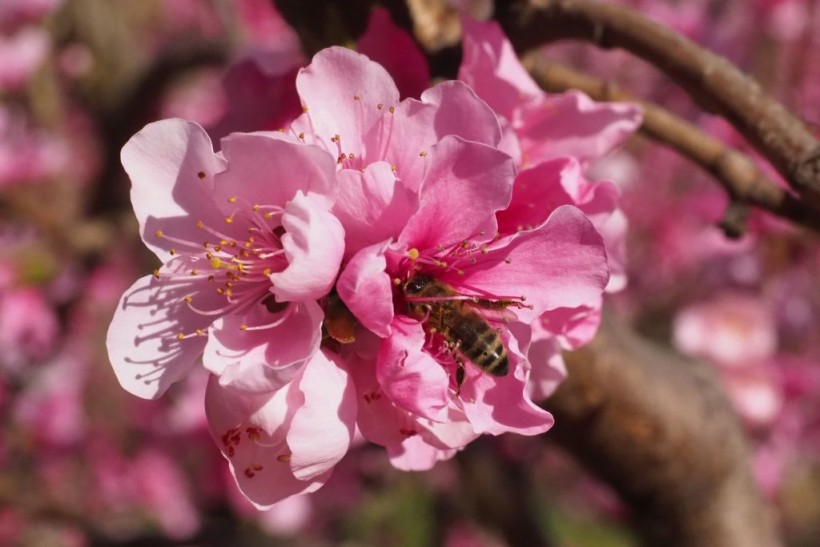A scientist recently said it could not be seen, but different substances in the petals of flowers are resting a so-called "bulls-eye" for pollinating insects.
As indicated in a ScienceDaily report, this Clemson University study of this scientist has shed light on chemical changes in flowers that are helping them respond to environmental changes, including climate change that may threaten their survival.
Assistant professor of biological sciences Matthew Koski at the Clemson College of Science led a team of researchers that studied the bright yellow flowers of a member of the rose family known as the Argentina anserina, commonly known as silverweed, to find out how pigments in the petals that can be seen only in the ultraviolet spectrum are playing a vital part in the plasticity of the plant.
That particular part is the ability to respond to a changing environment. The team also included Lisdayt Finnel, Elizabeth Leonard, and Nishanth Tarayil, all researchers at Clemson.
ALSO READ: Flowers Use Humidity as Invisible Tactic to Attract Bumblebees for Pollination
Unseen UV Patterns
In their study published in the Evolution journal, the researchers examined silverweed growing at various elevations in southwestern Colorado to understand further the roles of the different UV-absorbing chemicals in the petals of the plants and how such chemicals work to aid in pollination and, therefore, reproduction.
According to Koski, even though humans cannot see the UV patterns on the petals of a flower, a lot of its pollinators can. He added that he has always been fascinated with how the flowers' color variation arises and how it's evolving, and what factors are driving such an evolution of color variation.
Therefore, he continued, he got interested in thinking about how color is perceived against how the organisms that interact more frequently with flowers perceive color.
UV-Absorbing Chemicals
Koski also explained that a wide range of plants contain concentrations of chemicals that absorb ultraviolet at the base of the flower's petals, whereas the petals' tips have more UV-reflecting chemicals. He elaborated that this creates an "overall bulls-eye effect" that guides the pollinator insects in their quest for pollen.
The researchers wanted to unveil more about how plants adapt to thrive in different environments, in this circumstance, a difference in altitude of 1,000 meters.
The professor explained, that at higher elevations, "there are always more UV-absorbing compounds" or larger spatial areas of UV absorption on the petals than in low-elevation populations.
The study authors said this demonstrates the plasticity of the plant, which he defined as how differing characteristics arise in the same organisms under different environmental conditions. This is a crucial step in understanding how organisms adapt to survive change.
Plant's Plasticity
The important thing about plasticity, Koski said, is when "we think about climate change and global change," plasticity is a mechanism by which natural populations can respond considerably fast to changing climates and persist under such climates.
The evolution process where there are changes in genetic code over time is thought to proceed more slowly compared to just plastically responding to environmental changes.
Professor Koski said, one question raised by their study is if plastic responses to environmental situations are adaptive. He also asked if they are offering any benefit to an organism, or are they changing, in terms of developing a trait due to the environment without affecting plant fitness?
Flowers' unseen colors can help ensure pollination, survival https://t.co/ol7zWuQ8pz
— Phys.org (@physorg_com) March 30, 2022
A similar Phys.org report specified that the researchers discovered that the plastic change in UV pigmentation provided benefit to the plant, especially to those at high elevations, since increases in ultraviolet absorption on the petals led to increased pollen viability, explained the professor.
Related information about pollination is shown on Deep Look's YouTube video below:
RELATED ARTICLE: New Study Reveals Large Bumblebees Learn the Best Flowers' Spots
Check out more news and information on Plants in Science Times.















